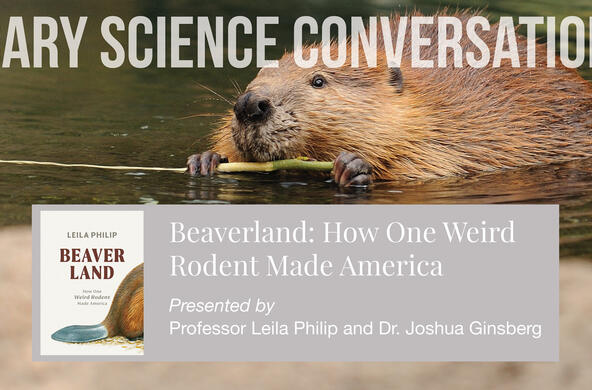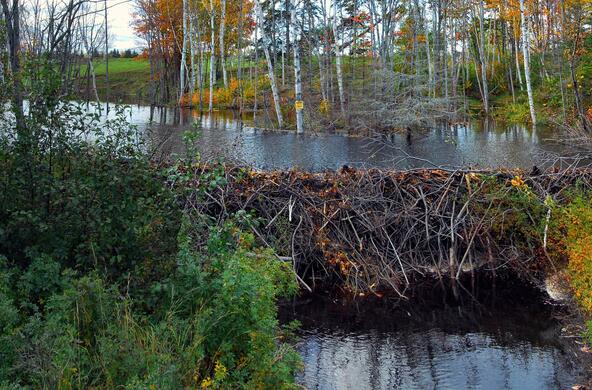For wildebeest, the yearly migration across the Serengeti can mean life or death.
Predators such as crocodiles and big cats lie in wait as the herd of more than one million makes its 1,000-mile loop across the savannas of Tanzania and Kenya.
But one of the most serious—and overlooked—threats of this overland migration is drowning. With thousands crossing the Mara River at the same time, scores of the antelopes are swept away by the current.
So for the first time, scientists have estimated how many wildebeest actually die each year: An average of 6,250, equivalent to the mass of 10 blue whales.
Not only that, Amanda Subalusky, a postdoctoral researcher in aquatic ecology at the Cary Institute of Ecosystem Studies in New York, and colleagues revealed these decaying bodies provide vital nutrients to Serengeti waterways.
“When a drowning occurs, we drop everything and start studying them,” says Subalusky, whose study appeared this week in the Proceedings of the National Academy of Sciences.
The circle of life
Figuring out how over two million pounds of rotting wildebeest contributes to the river ecosystem is no easy feat.
For the study, Subalusky and her team hauled drowned animals out of the water to dissect them and figure out their exact nutrient composition.
They also put parts of the wildebeest in the river, protected by special croc-proof decomposition cages, to see how long it took each part—skin, flesh, and bones—to decay in the environment.
Chemical measurements of local water and fish were taken to see how much the nutrients of the wildebeest were incorporated into the environment. The team discovered only a small portion of the bodies are gobbled up by crocodiles—they can only eat so much, Subalusky explains.
Death's legacy
The drowned wildebeests' major contribution to the ecosystem is their skeletons. Wildebeest bones take around seven years to decay, slowly releasing phosphorous, an element critical for plant and animal growth. A slimy film of bacteria called a biofilm grows on the bones and provides food for fish in the river.
“There is this legacy of a drowning event through the bones of an animal that could contribute to the ecosystem for decades,” says Subalusky, whose research was funded by the National Geographic Society during her graduate studies at Yale University.
Knowing how the dead wildebeest impact the environment is timely, because it shows what would be lost if wildebeest populations or migrations declined, says Kendra Chritz, a geochemist at the Smithsonian’s National Museum of Natural History who was not involved in the study.
“There are many large-bodied African mammals that no longer migrate, or have had their migrations cut short, because of human population growth and land-use change," says Chritz.
While the wildebeest migration is no longer threatened by a now-defunct plan for a Serengeti highway, migrations of other large mammals around the world like springbok and bison have declined or stopped completely.
Unbalanced budget
While the new calculations account for where about half of the wildebeest nutrients end up, the budget is not completely balanced. “We can’t account for what happens to about half of the carbon and nitrogen,” Subalusky explains.
Chemical analysis shows that fish in the river are eating up some of these nutrients, but it's unknown how much.
As a whole, a terrestrial migration having so much impact on an aquatic ecosystem is a somewhat novel concept, and needs to be further explored she says.
“We once saw the wildebeest just as a pulse of carcasses that were available for a short time and then gone,” she says. The new study "changed our sense of scale of the issue.”






